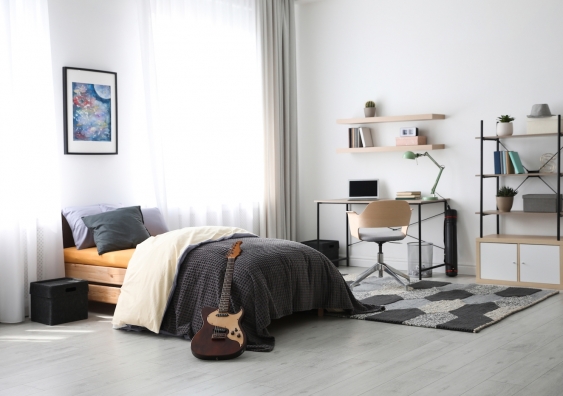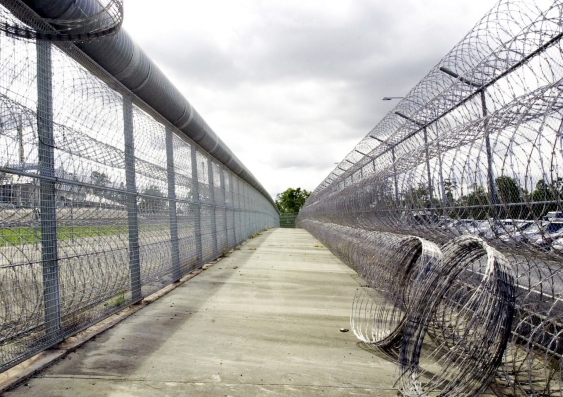A New South Wales is underway, looking into the provision, design and maintenance of public toilets across the state.
Whenever I mention this inquiry, however, everyone nervously laughs and the conversation moves on. It’s not something people feel comfortable talking about.
Yet, a public toilet goes to the heart of what a city provides for its inhabitants and visitors. It is a critically important piece of public infrastructure that sets the tone for public behaviour, expectations and conduct.
And we could be doing so much better with our public toilets.
An important first impression
Public toilets communicate social values. They show how we provide for our citizens and what we expect of them in return.
A public toilet is often the first thing someone new to a place sees and wants; it creates an important first impression.
As communication theorist said, ‚ÄúOne cannot not communicate.‚ÄĚ Infrastructure is no exception.
So public toilets play an important social role and, through their design, help communicate and shape relationships between citizens.
They not only provide relief for our urgent bodily needs; in them, we are equal humans. External hierarchies are largely removed.
Their appearance and design influences whether we feel cared for, trusted and appreciated, seen and acknowledged.
This is reflected in what members of the public have said to the current NSW senate inquiry. One , for instance, noted:
It’s important that public toilets don’t look like prisons.
If they are perceived as such, then the message is we can’t be trusted. We are assumed to damage or destroy them and behave like criminals.
Public toilets should be ‚Äď and anticipate and provide for the many different needs for which people visit them.
Designing and maintaining with this in mind means they’ll delight the user, rather than making them feel like a criminal.
Might that not then help inspire a sense of gratitude toward governments, ratepayers and taxpayers and, by extension, broader society?
Costs, yes. But also benefits
Access to adequate public toilets is a basic right. But they are also used to administer medication, breastfeed, care for children, access drinking water and find a quiet place to rest. Public toilets are often the only private space in public.
So, how can a communal space like the public bathroom evolve accordingly? One issue emerging in several inquiry submissions so far is the issue of public toilets being routinely locked at night.
As one writer puts it:
We don’t have a curfew, we are aloud (sic) out at night. If you don’t want people pissing in the street, then leave them open.
Cost is the greatest concern. Councils know how much their toilet blocks cost, but not how many people use them.
A from Blacktown City Council states their 218 public toilets cost more than A$15 million annually, involving six staff and three vehicles to service these facilities.
This equals more than $68,800 per toilet per year.
On the other hand, good public toilets could help grow the economy. A by Guide Dogs Australia quotes Deloitte Access Economics estimates that inclusive public spaces could add $12.7 billion to Australia’s economy annually and boost GDP by about $1.2 billion through increased workforce participation.
And a by Bathurst Regional Access Committees notes:
The disability tourism trade is worth well over $8 billion dollars annually. Tourism is what keeps many regions alive.
Decent and accessible toilets may even help attract more people to a local area, activating public spaces and building community.
Flipping the toilet script
We need to flip the way public toilets and those who clean them.
They must radiate thoughtful care, pride, civic engagement and delight.
Australian urban designer community consultation approach to public space provides a great blueprint. He advocates recognising that place making is similar to home making; it can create memorable and potentially transformative experiences. It can help bring us into the present, creating a feeling of rootedness and connection.
The toilet can transcend its shameful, dirty, grimy image and last resort status. It can become a privilege to maintain, clean and keep in pristine condition for the public good.
The public toilet could become a valuable asset, an attraction, a sought after destination, a jewel in the crown of the government’s public offering.
They could be pieces of enchanting infrastructure sponsors line up to support.
Tokyo toilets
The is a great example.
In this project, were designed by world-leading Japanese architects and designers and their cleaners’ uniforms by a famous fashion designer.
The toilets were equipped with custom high quality toilet paper, cleaned three times a day, and given their own stunning .
German filmmaker Wim Wenders even made a feature film, , about a man who cleans these toilets.
These toilets, sponsored by the non-profit Nippon Foundation in collaboration with Shibuya City government and Shibuya Tourism Association, represent a highly innovative approach.
Here, the public toilet is celebrated as an international attraction, while providing an excellent service to the public.![]()
, Senior Lecturer in Industrial Design,
This article is republished from under a Creative Commons license. Read the .







